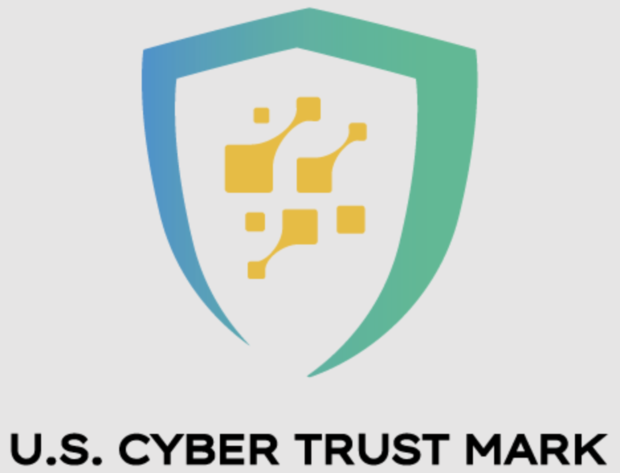I’m no expert when it comes to journalism, but I’d like to humbly offer a suggestion: if you’re going to write an article about a label, consider including A PICTURE OF THE LABEL.
Right? That’s exactly what I wanted and didn’t get. But I did get bombarded with a half dozen ads in my search through the article including one that wanted me to pay them for this stellar reporting.

And here I thought it was if it said IoT on the box 🙈
Meaning “backdoor installed by the US government”
With the overall state of IoT security, they don’t need to backdoor it. The terrible engineering practices are more than sufficient.
The S in IoT means security.
I was hoping for “easy to hack” as in it’s your device and you can use it how you want for as long as you want. This probably means the opposite in most cases. I guess it’s still helpful for labeling products to be suspicious of.
I’ll bet this is designed to squash those products. They want you buying the locked down e-waste not something you can reflash and use how you want.
It may not be that sinister. Most companies intend for their “smart” products to be just smart enough for the average user and don’t spend the money to support local control or anything else. I have some “smart” lamps that are worse than regular lamps unless you flash them with custom firmware. Some newer models of these lamps are more “secure” and can’t be reflashed into something useful (seriously, who wants to talk to Alexa every time they want to turn on a lamp?).
Is it connected to wifi, Bluetooth, ethernet*, or have a sim card?
Yes: it is easy to hack
No: it is difficult to hack
*where ethernet includes ethernet, token ring, and any other protocol that connects other devices







